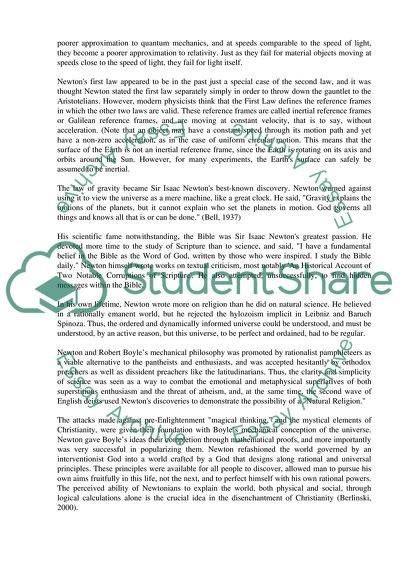Cite this document
(“Newton's laws Essay Example | Topics and Well Written Essays - 1250 words”, n.d.)
Retrieved from https://studentshare.org/physics/1535462-newtons-laws-essay
Retrieved from https://studentshare.org/physics/1535462-newtons-laws-essay
(Newton'S Laws Essay Example | Topics and Well Written Essays - 1250 Words)
https://studentshare.org/physics/1535462-newtons-laws-essay.
https://studentshare.org/physics/1535462-newtons-laws-essay.
“Newton'S Laws Essay Example | Topics and Well Written Essays - 1250 Words”, n.d. https://studentshare.org/physics/1535462-newtons-laws-essay.


